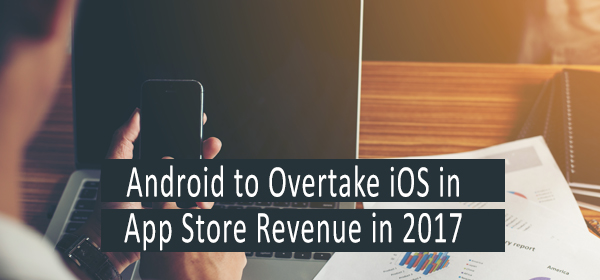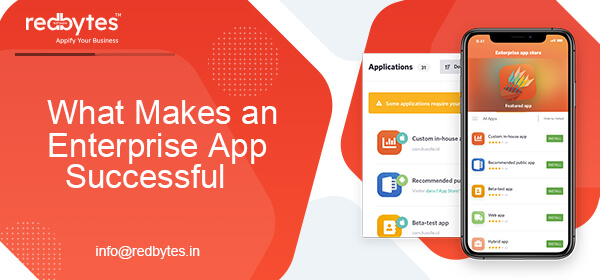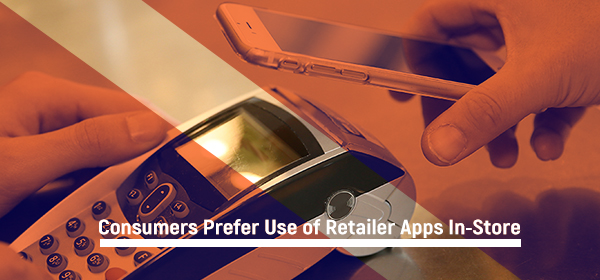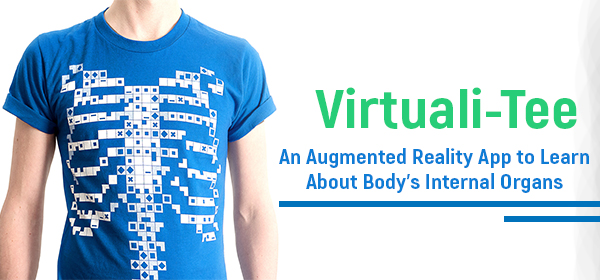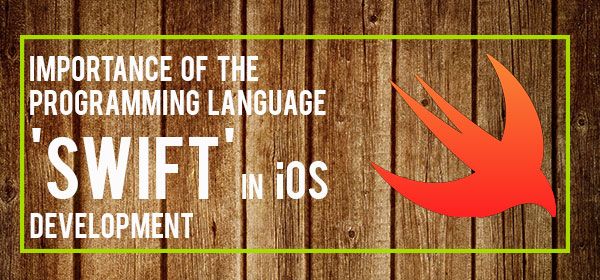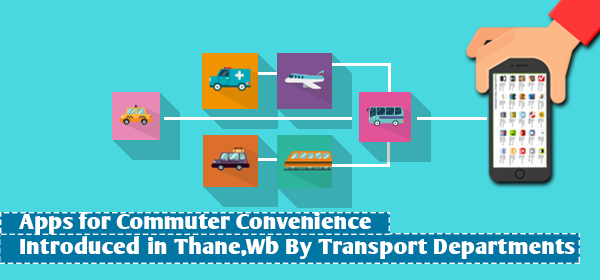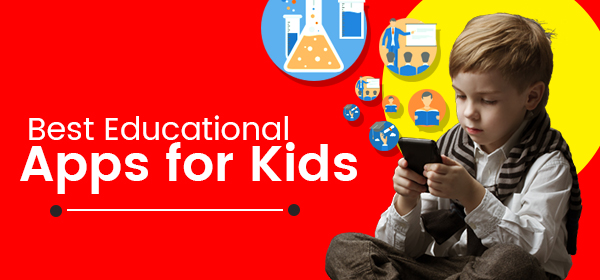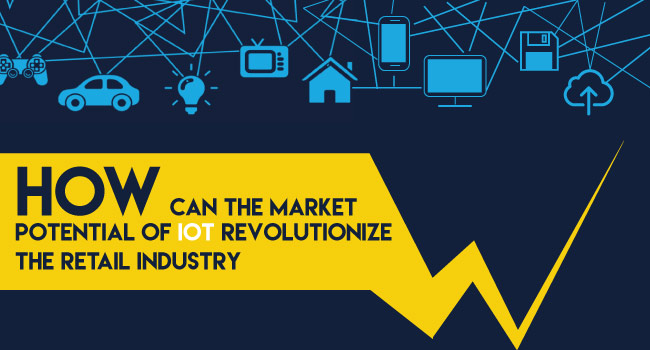If your child is one of those, whose eyes are always glued to that screen and whose fingers, tapping continuously, remember, you can get this addiction of theirs to good use. Using best educational apps for kids, make learning a fun experience for them. After all, your kid’s education need not be limited to books.

Here’s a list of 49 best educational apps for kids that you can choose from:
1) PBS Parents Play and Learn

Meant for pre-schoolers, PBS Parents Play and Learn is so fun that your child will ask to play the learning games again and again. It consists of lessons to improve early reading skills, math and science, that have been designed by early childhood experts. Apart from the fun games it offers, the app also gives suggestions to parents about the activities they can do together with the kids, away from the screen.
Available in : Android, iOS, iPad
2) Elmo Loves 123s

The app, Elmo Loves 123s, has everybody’s favourite Sesame Street characters, Elmo and Abby Cadabby, guiding the kids through the world of math. This app helps your child to count from 1 to 20, do simple addition and subtraction and to trace numbers that come with surprises, when correctly answered. The surprises include Sesame Street videos, puzzles and colouring pages, that will surely keep your kids engaged.
Available in : Android, iOS, iPad
3) Kodable

Knowledge in coding has become the need of the century. It may become an inevitable part of every career in future and therefore, here is an app to teach kids to code. With Kodable, kids learn the basics of writing code. They can enjoy by creating video games, animated stories and much more. The app is so engaging that, kids do not even realize that they learn valuable skills like basic coding and programming, problem solving, logic, physics and more, along with the way.
Available in : iOS, iPad
4) Disney Story Central

Bedtime storytelling just got easier with Disney Story Central. The app comes with a large collection of e-books that feature Disney characters like Mickey Mouse, the princesses, and Doc McStuffin. Disney Store Central offers read-along narration and personalized book recommendations apart from rewarding your kids with trophies and awards as they progress.
Available in : Android, iOS, iPad
5) MoMA Art Lab

What your kids end up becoming in future isn’t entirely based on what they learn from books. It is also about the skills they acquire at an early age. MoMA Art Lab helps to increase your child’s creativity by learning to create images, while learning to problem-solve simultaneously. The app teaches the kids to build with shapes, draw pictures and even add photographs to their artwork, thus keeping them entertained for hours.
Available in : iOS, iPad
6) GoldieBlox and the Movie Machine

Godliebox, the toy company, that has been inspiring girls to become innovators, has come up with their first app named GoldieBlox and the Movie Machine. This app helps your kids to learn the basics of animation and to create their own one-second animated GIFs. Who knows, maybe you have an animator in the making?
Available in : iOS, iPad
7) Grandma’s Garden

Your kids are sure to fall in love with this Grandma’s Garden app that features grandma and grandpa characters teaching them basic skills like reading, counting and science. The interactive lessons are so enticing that you will find your kids have the app open in the iPad, whenever they get a chance.
Available in : Android, iOS, iPad
8) The Magic School Bus: Oceans by Scholastic

This interactive story book helps your kids begin a fun aquatic journey with Ms. Frizzle and her students. The Magic School Bus: Oceans by Scholastic app consists of science facts, pictures, games and videos that will surely keep your kids entertained.
Available in : iOS, iPad
9) Kids Weather

It’s a fun app that teaches kids about the weather. The Kids Weather app keeps track of the weather forecast for your area and gives suggestions to kids about dressing according to the weather.

The scientist in your kids will have all fun they need as the app keeps them entertained through its lessons on Fahrenheit vs. Celsius and details on moon phases.
Available in : iOS, iPad
10) Fish School HD

This app features colorful fish that helps your preschooler learn letters, numbers, shapes and colors. Set against the backdrop of the under-sea-world, the Fish School HD app will keep your kid engaged while sharpening his/her skills.
Available in : Android, iOS
11) Khan Academy

From practising math facts to learning how to write code, if there is anything your kid wants to learn, he/she will surely find it on the Khan Academy. Though the app is meant for every age group, including adults, upper elementary kids are going to be benefited the most out of the free learning opportunities it offers. All they need is a Khan Academy account that can help them to keep track of their learning.
Available in : Android, iOS, iPad
12) Cookie Monster’s Challenge

PBS Kids and Sesame Workshop have collaborated to come up with an app named ‘Cookie Monster’s Challenge.’ The app prepares children for school through mini games that teach self-control, focus and following directions. There are nine levels of the games and at the end of each level, the kid will be rewarded with pieces of a cookie-making machine.
Available in : iPad
13) Science 360

With videos that cover every topic under science, the app, SCIENCE 360 will grab the attention of even the most reluctant student. You don’t get to see an app with so many amazing science lessons, all at one place, very often.
Available in : Android, iOS
14) Ansel & Clair’s Adventures in Africa

This Ansel & Clair’s Adventures in Africa app instills a sense of adventure and exploration in children. It features Ansel, an amiable travel photographer, and Clair, a clever robot, who guide your kids through the exotic locations of Africa. Along the way, the kids get to solve quests and puzzles, play games and watch animations.
Available in : Android, iOS, iPad
15) Star Walk

If your kid is interested in learning about stars and constellations, Star Walk is the app he/she needs. The best feature of this app is that if you hold your tablet towards the sky, the app recognizes the constellation it sees and names it. Apart from that, the app also lists solar systems and satellites.
Available in : Android, iOS, iPad
16) Habitat the Game

This Habitat the Game app teaches your children to take care of the environment. The user adopts a virtual polar bear that can stay healthy only if real world actions like turning lights off and conserving water, are completed. What more do you need to create an impact in your child’s mind about being eco-friendly?
Available in : iOS
17) Impoppable

Bubble bursting had always been our favourite childhood game, wasn’t it? With Impoppable, your kids get to do it virtually. At each level, the user has to pop bubbles that add up to a particular number. This fun app will help kids to gain number sense and review basic facts.
Available in : iOS
18) Super WHY

Based on the TV series, the Super WHY app consists of four interactive games featuring the main characters Alpha Pig, Princess Presto, Wonder Red, and Super Why. Kids can play along with the characters to practice on the alphabet, rhyming, spelling, writing and reading.
Available in : iOS, iPad
19) Sushi Monster

You can now stop complaining about how your kid doesn’t practice his/her math facts. The Sushi Monster is more fun than you think and it encourages flexible thinking of numbers than plain memorization.

In this app, the kids have to satisfy the hunger of “Sushi Monster” by feeding him with the right combination of numbers. It’s a fun way to enhance your kid’s math skills without making them realizing that they are learning.
Available in : iOS, iPad
20) Alphabet Car

This fun app helps your kid to learn the alphabet letters, words and spelling through an interactive game of 40 levels, ranging from easy to hard. The phone can be used as a steering wheel to drive the bus towards the correct letters and words to win. 3D graphics and personalized car customization features of the Alphabet Car app, makes it interesting.
Available in : Android
21) Hello English App

The Hello English App helps kids to master the language from an early age. It helps to enhance reading, writing, speaking and listening skills, while building your kid’s vocabulary.
Available in : Android, iOS, iPad
22) Spelling Bee

The Spelling Bee app comes with over 2300 words and various levels of difficulty, ranging from easy to hard. Introduce this app to your kids and you will see them transform from beginners to advanced spellers in no time.
Available in : iOS, iPad
23) Duolingo: Learn Languages Free

If your kid is interested in learning new languages, this is the best app for them This award winning Duolingo: Learn Languages Free app can be used to learn Spanish, French, German, Italian, Portuguese, Dutch, Irish, Danish, Swedish and English in a fun way. You play a game and there, you get to practice your speaking, reading, listening and writing skills at the same time.
Available in : Android, iOS, iPad
24) eTABU Word Search

It is a fun app to improve your kid’s reading, word recognition, vocabulary and mental flexibility skills. See your kid’s language skills improve by using this enticing and highly entertaining eTABU Word Search app.
Available in : Android, iOS
25) Edukitty Preschool

This fun app by Cubic Frog Apps consist of a variety of games that include matching games, 3D alphabet, Biggest/smallest, Left/right, up/down, find the colour or shape and at the end of the game, the kids get to collect a sticker. The Edukitty Preschool app comes with a customization option, where the parents can easily delete the games that might be too challenging or hard for their child.
Available in : Android, iOS, iPad
26) Kid Mode: Free Games and Lock

This Kid Mode: Free Games and Lock app comes with a huge variety of educational games meant for children less than 8 years of age. It consists of live Sesame Street videos and games categorized by age, making it fun but also safe by its parental lock feature.
Available in : Android
27) Rocket Math

Math turns fun with this app for your kid. With this Rocket Math app, your kids get to build his own rocket and go for fun math missions, which include identifying odd/even numbers, doing square roots etc. At the end of each mission, the kids can earn a gold, silver or bronze medal and beat the high score.
Available in : Android, iOS, iPad
28) LumiKids

This app, meant for pre-schoolers, helps them take the first step towards sorting by colour, shape and size. LumiKids helps to improve your kid’s visual-motor coordination without frustrating them with complicated text or voice-over instructions. Also, the games adapt to your kid’s ability level, thus, making it fun yet challenging for them.
Available in : iOS, iPad
29) Phonics Genius

You won’t find a better app to improve your child’s vocabulary. The app, Phonic Genius, is loaded with 6000 professionally recorded words that have been grouped into 225 categories. It is meant for children aged between 1 and 6 years.
Available in : iOS, iPad
30) Pizza Fractions 1

The concept of fractions gets simplified with the Pizza Fractions 1 app. It gives your child a visual approach to fractions and the adjustable difficult levels help the beginners to start from scratch.
Available in : iOS, iPad
31) Middle School Math Planet

Middle School Math Planet is another fun app to brush up your middle schooler’s math skills. The app comes with over 30 out-of-the-world games, where the users can fly spaceships and help aliens complete their tasks while learning basic math concepts like geometry and fractions.
Available in : iOS, iPad
32) ABC Ninjas

Your kids will never forget alphabets after using this ABC Ninjas app. It comes with a game where the kids are supposed to slice capital letters or lower cases with a name or phonetic sound.
Available in : iOS, iPad
33) Vocabulary Spelling City

Learning vocabulary is always stressful for your kids. However, Vocabulary Spelling City comes with games like Word Unscramble and Hang Mouse making it more interesting.

The app is meant for children of above 6 years. They can play 9 games using 10 word lists of the vocabulary. Parents can also add customized wordlists to the app for their kids to use.
Available in : Android, iOS, iPad
34) TodoMath

Designed for kids above 5 years of age, TodoMath guarantees to take your child on a daily math adventure. Ranging from a 10-15 minute drill practice session, a Mission mode to a Free Play Mode, this app is going to keep your naughty munchkin engaged for hours while brushing up his/her math skills. The app ranges for the children under the age of 6 to 10 years.
Available in : Android, iOS, iPad
35) Jack and Jill: A Toddler Adventure

Your kid gets to go on an adventure journey with Jack and Jill while completing puzzles, singing- along, participating in sailboat races and, searching and seeing games.
Available in : iOS, iPad
36) Storybooks

This fun Storybooks app loaded with free story books, with fun pictures, text, and audio, is perfect for the voracious reader in your kid aged between 2 and 8 years.
Available in : Android, iOS, iPad
37) Grammaropolis

The app welcomes you to the world of grammar. Different parts of speech inhabit Grammaropolis, whose personalities reflect the role they play in a sentence. For example, the pronoun is hell-bent in taking the noun’s place while the conjunction wants everyone to get along.
Available in : Android,
38) NASA

The NASA app provides a large collection of images, videos, mission information, news, NASA TV and other similar content for your little scientist to discover.
Available in : Android, iOS, iPad
39) Hooked on Phonics

The app comes with lessons in the form of games and stories to get your kids literally hooked on phonics.
Available in : Android, iOS, iPad
40) IXL
IXL provides your kids with additional lessons to the school curriculum in subjects like maths, English, social studies and science. On completing milestones, the kids earn online prize pictures. If your kid gets most of the problems right, he/she can easily jump to the next level and if then they’ll need to practice more. The app consists of written and audio explanations for each problem but contains no videos.
Available in : iOS, iPad
41) Scratch and Scratch Jr.

The Scratch and Scratch Jr. apps designed by MIT intend to teach programming to kids. Scratch is meant for kids aged above 7 years while Scratch Jr. is meant for those aged between 5 and 7 years. Using the app, kids can learn to program their own computer games, art and applications and share them with rest of the online community. The kids will get feedback from real users and they will get to see the number of viewers for anything they have created.
Available in : Android, iOS
42) Dragon Box

Dragon Box is an app that has successfully managed to get kids to learn math through their fun games. Kids easily move through 200 levels of games without even realizing that they are learning basic math concepts like geometry and algebra.
Available in : Android, iOS, iPad
43) Epic!

This Epic! app is an e-book library meant for kids less than 12 year of age and contains more 10,000 e-books in their collection.
Available in : Android, iOS
44) My Incredible Body

An amazing app that teaches kids about human anatomy through visuals, 3-D animated videos, informative narrations and virtual tour.
Available in : iOS, iPad
45) Wild Kratts World Adventure

With this Wild Kratts World Adventure app, kids get to explore habitats across the world. The game consists of 30 levels each of which is a mission on animal science with the help of creature power.

Kids earn creature power “selfies”, habitat stickers and WoW Facts at the end of each mission.
Available in : iOS, iPad
46) Shape Gurus

This enticing app teaches kids to match, sort and arrange according to colour and shapes. Shape Gurus offers a series of geometric puzzles that join together to tell a story. The puzzles get difficult as the levels progress.
Available in : Android, iOS, iPad
47) Pacca Alpaca

This fun Pacca Alpaca app helps your kids to learn numbers, colours and shapes in different languages.
Available in : iOS, iPad
48) This Is My Food – Nutrition for Kids

This Is My Food – Nutrition for Kids app teaches kids about food and nutrition. It is loaded with fun facts, animated diagrams, and mini games to keep your kids engaged.
Available in : iOS, iPad
49) Telling Time with the Smurfs

The Telling Time with the Smurfs app uses Smurf characters and a circumstantial storyline to teach your kids to tell time.
Available in : Android, iOS
50) PocketPhonics
PocketPhonics is an early reading and writing app that teaches letter sounds, first words, and handwriting to toddlers. It emails a certificate after the toddler has mastered each of the levels. It is designed to increase the challenges on higher levels.
Available in : iOS

